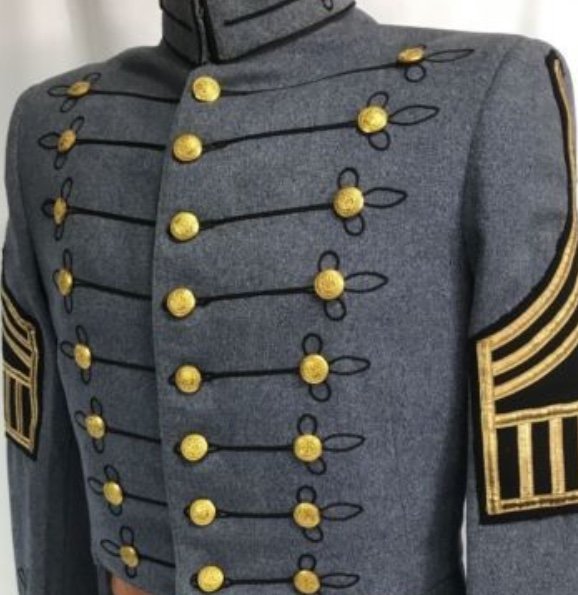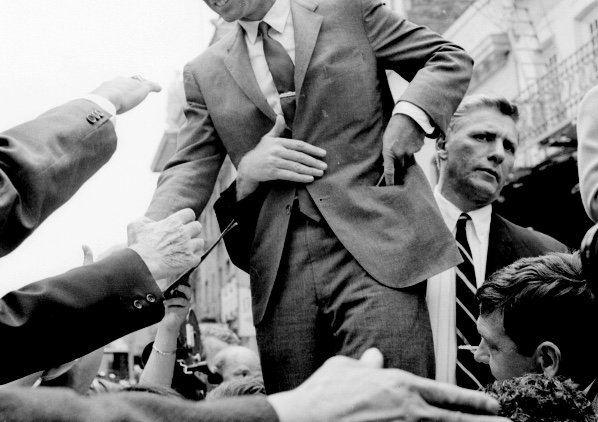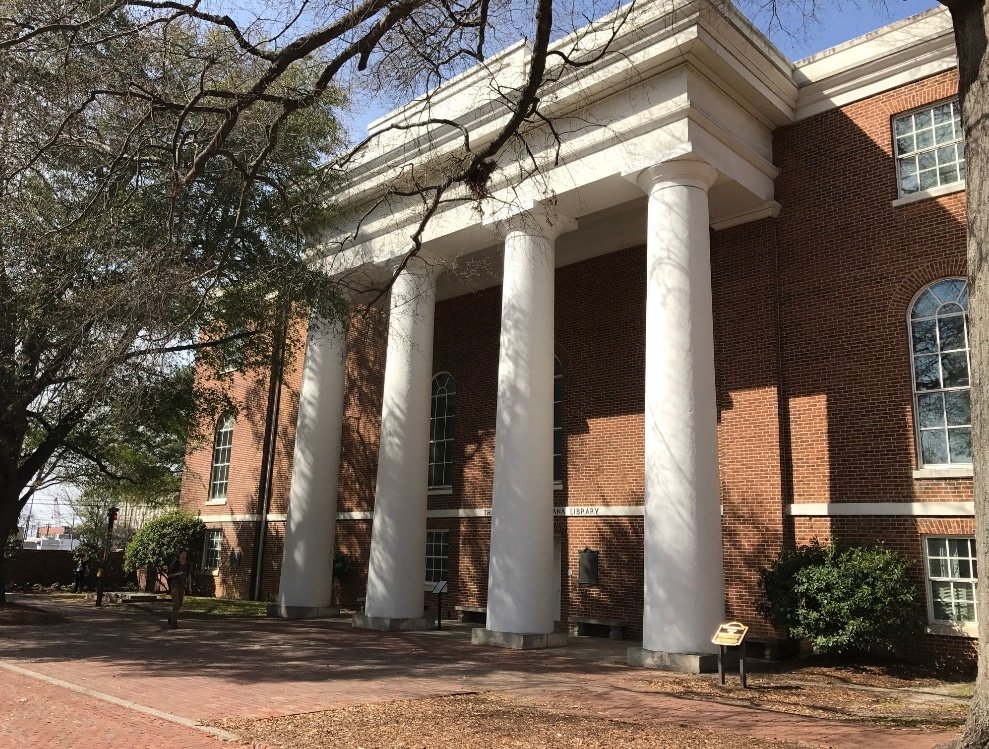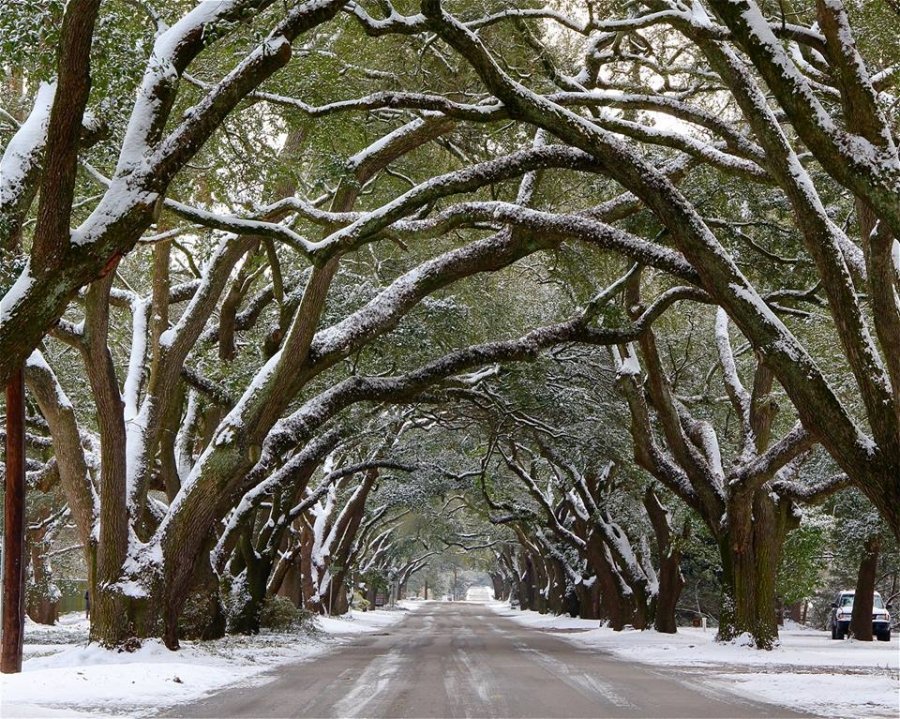The Last Good Republican (A Novel)
AN IDEALISTIC POLITICIAN WITH A SECRET
A DEEP DIVE INTO THE SOUTH OF THE 1960S
Carter Ridge has it all. He is wealthy, the husband to a brilliant wife — and literally born on Easy Street. This young idealist and his wife set out to bring an end to racial segregation, and to bring his political program called "The Good Life," to the people of their fair state. But complications arise when Carter falls in love with a young man, Gabriel, who is working on his campaign. As Carter's political future expands possibly past the governorship, he must choose between following his ideals, or following his heart.
The novel draws upon the full palette of historical figures from the 1960s, including political, cultural, and entertainment figures, to give the reader a deep dive into that dynamic era when anything seemed possible.
After winning the governor's election in 1962, Carter's political career is on the rise, drawing national attention as a liberal Republican helped in no small part by his media savvy wife, Margot. By the summer of 1964, Carter must choose between making a difference on the national stage as the first Republican elected to a Deep South governorship since Reconstruction, or follow his heart and take a chance in true love with the lighthearted Gabriel.
Themes explored
The novel is at its heart an #ownstories romance set against the politics and culture of the early 1960s. Becoming comfortable with who one is, and taking a chance to love and be loved in return, are universal themes that Carter has to deal with in the novel. Particularly during that period, before Stonewall, before there was even an understanding that homosexuality was not a sickness, accepting and embracing one’s sexuality is a theme that still has resonance today.
But this is also a political novel. Not just because the story takes place against the backdrop of the early 1960s in the South at the height of the Civil Rights Era, but also because of today’s political climate. “Highly polarized” is a term we hear repeatedly in the contemporary American body politic, and it was no less so in the 1960s. So I wanted this story to provoke some thinking as to how we might navigate past the current obstacles, and look at my mythic figure, Carter Ridge, as a leader who managed to inspire and bring about a reconciliation by building a common project together.
I wrote this with the intention of giving under-represented voices a strong presence throughout the story — with two gay main characters, a strong woman (Carter’s wife Margot), and complex African-American characters all in important roles.
Finally, I wanted to give the reader a full immersion into that era. Music plays such an important role in our daily lives, and I wanted to integrate that aspect of popular culture, what it says about us and who we are as a people, into the story. Additionally, there are a lot of historical figures in this story — both political and from pop culture — who interact with Carter and Margot. When the reader is finished, I want them to feel as if Carter Ridge was a real person, and to feel hopeful about life in uncertain times.
Setting
South Carolina is almost its own character in the story. It is omnipresent, whether at Carter’s home in the charming small town of Aiken, at his campaign headquarters at the old library on the historic Horseshoe quadrangle of the university in Columbia, or in the antebellum heart of Charleston where Carter and Gabriel finally fall in love.
There is so much about the history, geography, and culture of the state that fascinates me, hopefully this love translates through my written word and the reader is transported as Carter campaigns from the small towns of the Midlands up to the foothills of the Appalachian mountains in the Piedmont and back down to the coast of the Low Country.
If you like…
I love dialogue driven stories, with vivid characters who leap out from the page because their voice is as crisp as a church bell on a quiet Sunday morning.
Additionally, this is a story with conflict. Carter is forced to move forward, to someplace that even he is unsure of. He has challenges he must face, not just in his run for governor, but personally as well.
As much as I like a moment lyrically portrayed, I am also a sucker for wit. Ideally I want to not only laugh out loud, but to have tears streaming down my cheeks when reading a novel. My hope is that this love story delivers on both accounts.
This is not only a love story between Carter and Gabriel, but also a love story to a period of time. The 1960s impacted our lives to such an extent that it is difficult to overstate its importance and legacy. With the Civil Rights fight that still lives on today in the ongoing battle to protect and expand the right to vote, but also with the reconfiguration of the political parties into two distinct entities (at the beginning of the 1960s both parties were a mix of liberal and conservative wings, but that largely “sorted” out by the end of the decade into the parties we have today), the Sixties cast a long shadow.
Not just politically, but culturally as well.
The music of the era, as I mentioned earlier, helped define so much of that period. Because this is a story that takes place in South Carolina, I include a wide spectrum of musical influences including country, folk, jazz, RnB, pop, and classical.
Additionally, the quirks of the era reveal themselves. This was before air conditioning became ubiquitous, when people dressed up to go out in public, and when a person’s choice of car or cigarette said something about them as a person.
If you’ve made it this far, and want to see and hear more from the novel and from that time, I invite you to click on the link below and visit my YouTube channel where I have a curated music and video playlist(s) for you to continue getting to know Carter Ridge.
Music Playlist to discover Carter Ridge’s world
Video Playlist to discover Carter Ridge’s world







